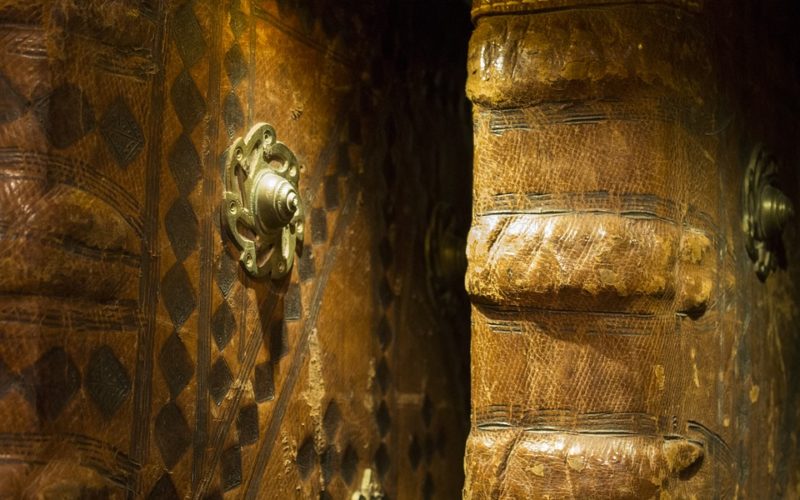Religious Writings
Many modern cultures take literacy for granted, but it was actually a very rare skill in the early years of many religious institutions. Religious writings were often an important part of handing down the themes, stories, and tenets of the institutions. Those who became a part of the religious hierarchy were taught to read the documents, but the congregants were often unable to read at all. It was part of the power of the religious institution to be able to read them, and even the documents were often restricted to those who could be best trusted.
There are few cultures today where reading is not taught as a regular part of a curriculum, and this has been true for more than a century. It affected many religions at first when people began demanding religious documents be available for them to read whenever they wanted. Some institutions were open enough to allow for this cultural change, but others refused to budget. Sects and cults that were heretical offshoots of the main religion were the result.
Religious institutions with long histories often have books devoted to the information that has been passed down verbally through the centuries to congregations. Examples of this are the Old Testament of the Bible, the New Testament, and the Koran. Each of them contains the writings that have been the basis for the Jewish, Catholic and Islamic religions respectively.
While religious writings now have a standard role within many institutions, most of them were very restricted for centuries. As each culture has chosen to become more literate, the outcry for religious documentation has become louder. While there are still some documents restricted only to scholars, the majority of them have been made available to those interested, and many of them have been translated into modern languages for ease of reading.







